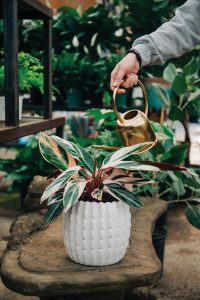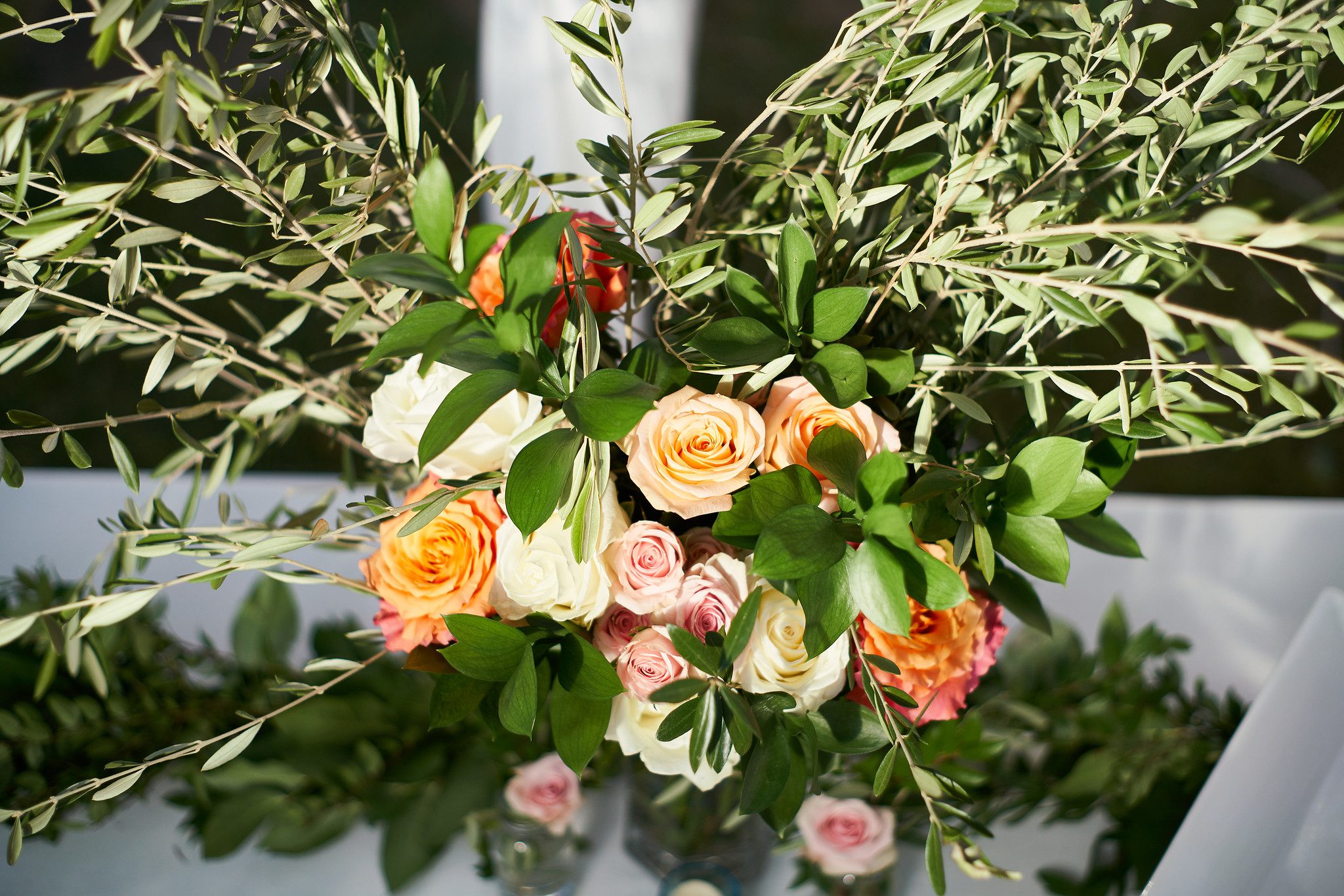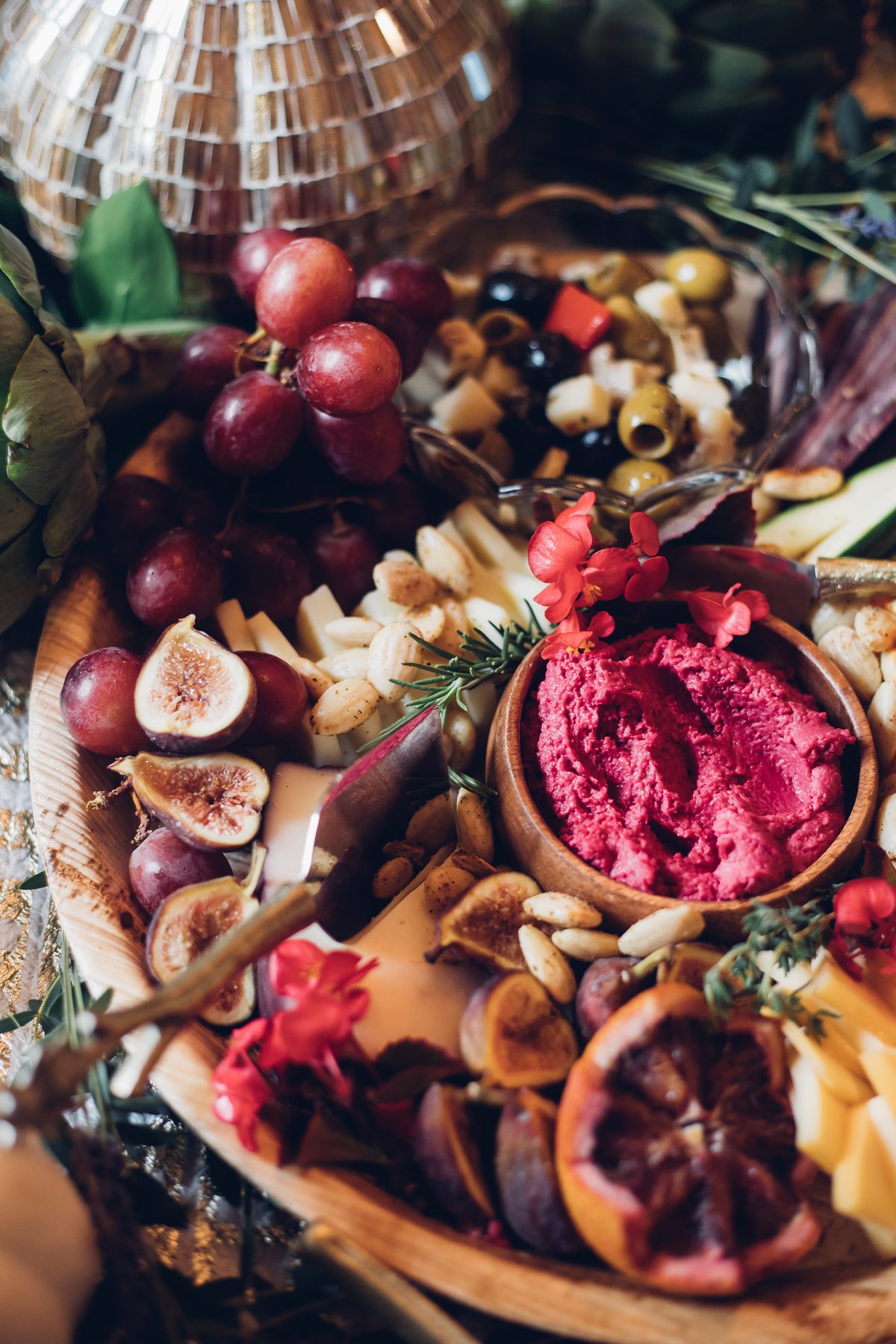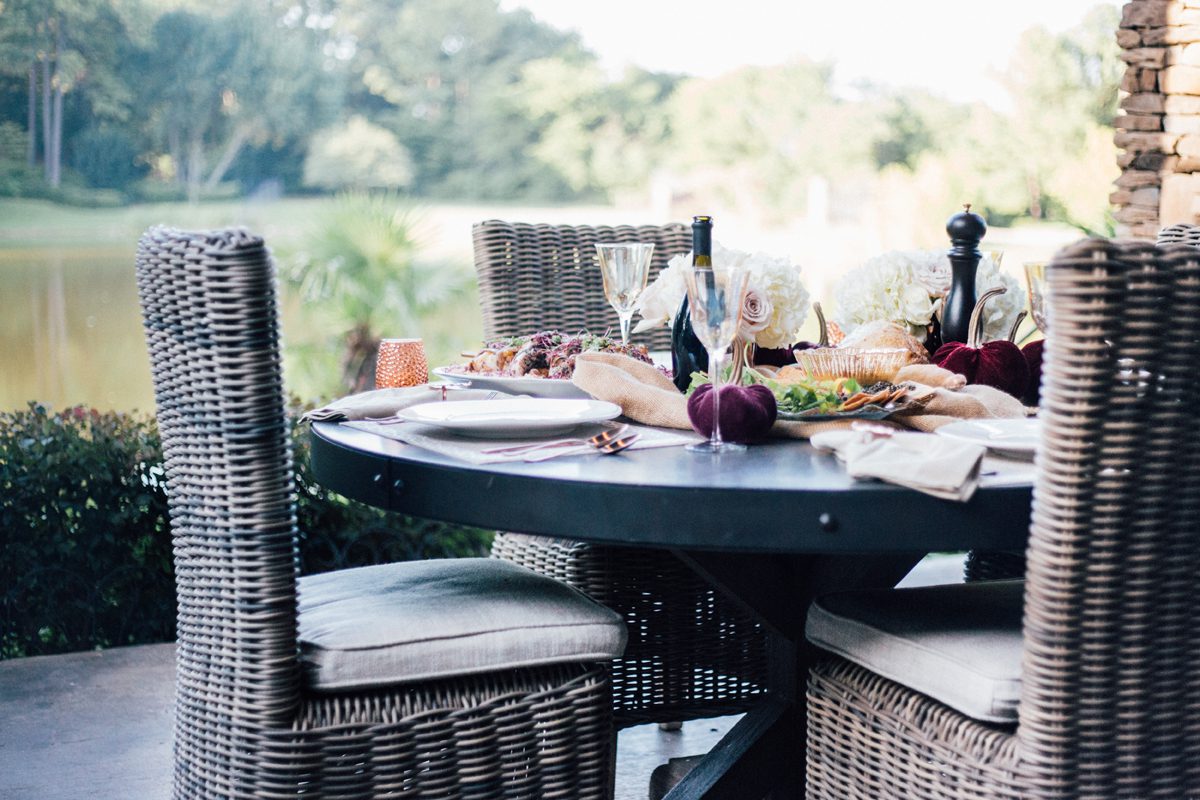Interior plants can really liven up a room. Plants help complete your décor, reduce stress, remove toxins such as benzene and formaldehyde from the air, and improve oxygen levels. With so many benefits, you can see why interior plants have regained popularity. So what’s holding you back? Usually fear of killing a plant – after all, it is a living thing. Akin’s wants to offer a few tips to help even new plant parents be successful.
Know your light. Most plants thrive in indirect, bright light. Think… near a window, but not in the direct sun. However, several plants can tolerate a variety of light environments. Understanding the light in a room can help you make the right choice in a plant. Also keep in mind that LED lights in an office serve as artificial lighting, so plants can thrive there too.


Address signs of stress early. Yellowing leaves, brown leaves, and evidence of insects all indicate plant stress. Many signs of stress can easily be remedied if you act soon enough. The first step is to rule out overwatering. Make sure the plant isn’t sitting in water. Next check your lighting. If your plant isn’t getting enough light its leaves may turn brown and begin falling off or start to yellow. To quickly stabilize a plant, move it outdoors to a covered patio where it can get bright, indirect light. For pests such as gnats, aphids, or spider mites… check to be sure your soil isn’t soggy and try neem oil first. There are stronger chemicals available if neem isn’t effective.
Don’t forget to fertilize. Most interior plants should be fertilized during the growing season (March to September). Pick a fertilizer formulated for interior plants and use according to the label.
No need to rush to repot. Most interior plants enjoy being a bit root bound and will thrive in their growers’ pot. If you want to encourage substantial growth, you will eventually want to increase the pot size. You will know it is time to repot when the roots have completely outgrown the pot and there is little room left for soil.








